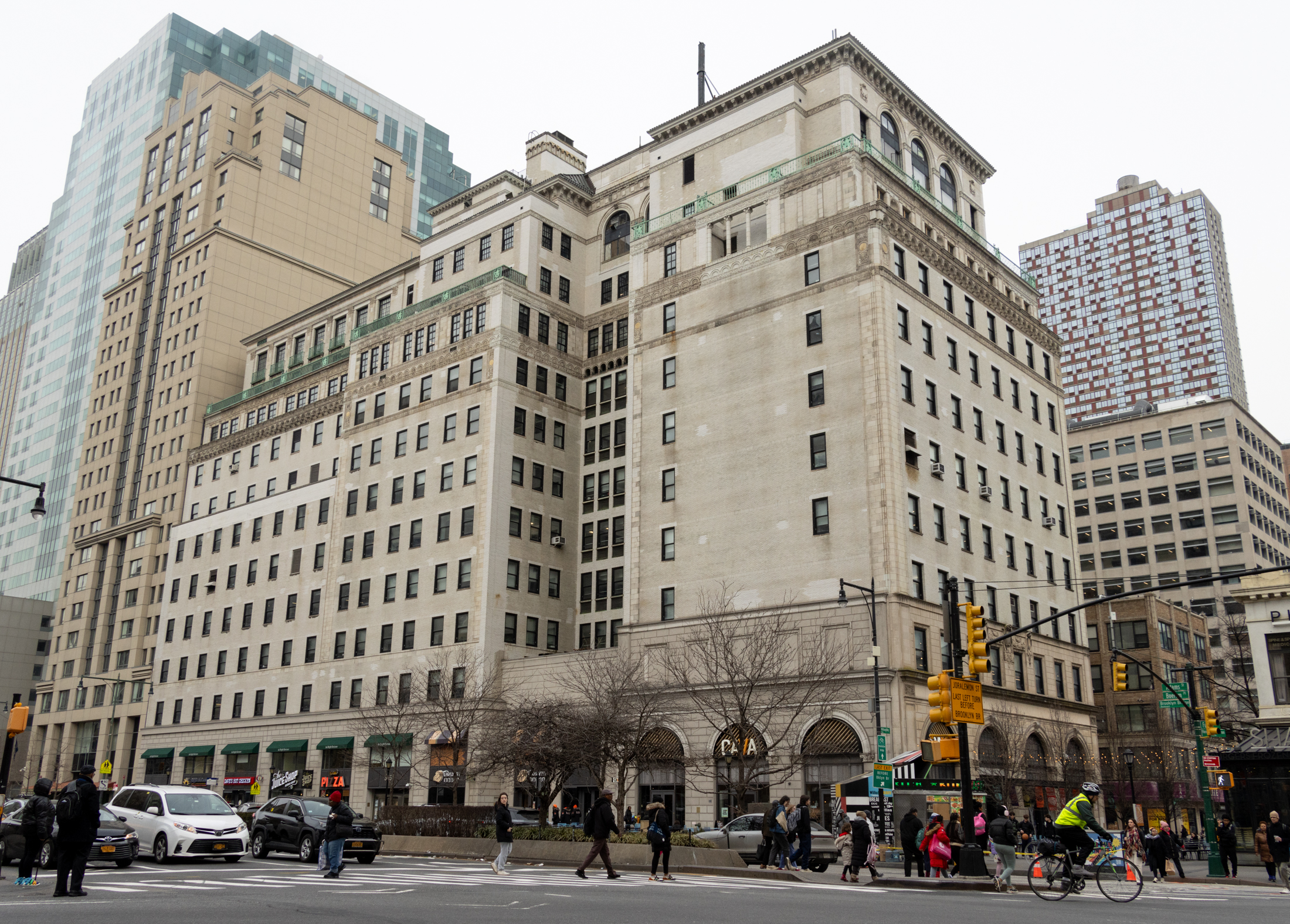Building of the Day: 207A-209 18th Street
Brooklyn, one building at a time. Name: Row houses Address: 207A-209 18th Street Cross Streets: 4th and 5th Avenues Neighborhood: Greenwood Heights Year Built: Before 1888 Architectural Style: Queen Anne Architect: Unknown Landmarked: No, but these blocks should be The story: In 1844, the city of Brooklyn voted to extend open up 18th Street from 9th…

Brooklyn, one building at a time.
Name: Row houses
Address: 207A-209 18th Street
Cross Streets: 4th and 5th Avenues
Neighborhood: Greenwood Heights
Year Built: Before 1888
Architectural Style: Queen Anne
Architect: Unknown
Landmarked: No, but these blocks should be
The story: In 1844, the city of Brooklyn voted to extend open up 18th Street from 9th Avenue, now Prospect Park West, and the Gowanus Bay. For the next 40 years, the neighborhood remained undeveloped and was a dumping ground for all kinds of things, including bodies. The body of a baby was found here in 1846, seen abandoned by a couple who drove away in a wagon. But it would not be an undeveloped scrub land for long. Industry was growing at the waterway, and after the Civil War, the blocks began to be with row houses, most of them wood framed. The blocks were relatively close to Green-Wood Cemetery, a popular tourist attraction as well as burial place; so traffic here on 18th and on the other Green-Wood Heights blocks was busier than one might think.
These two buildings were built sometime after the Civil War, but before 1888. Stylistically, I’d put them in the mid-1880s. They, and the rest of the row going towards 5th Avenue, are in place when the maps for 1888 were published. There was a wood framed house or building on the large lot to the left of 207A that is now the buff colored Renaissance Revival flats building. There was also a greenhouse complex on this side of the street, closer to 5th. Wood framed row houses dominated both sides of the block, at this point, and a large Methodist Church was in place across the street from here, up a bit towards 5th. That church is now gone Today it’s a Greek Orthodox Church.
On first glance, one might think these two buildings are an odd pair. 207A is a four story house and 209 is only three. The windows are not even lined up with each other. But they do share many similar features, and were obviously built at the same time, by the same builder. I hope to find the architect and builder one of these days. This neighborhood is not well documented. Stylistically, the house shares elements of the Greek Revival, Gothic Revival, and Neo-Grec styles, with a bit of terra cotta thrown in, making it a Queen Anne catch-all confection.
You’ve got a Neo-Grec/Gothic Revival façade, with drip lintels and a modified Neo-Grec doorway, very similar to the Neo-Grec houses to the right of 209. I think 209 lost its detailing over the years. The terra cotta tiles which run across the façade in bands are one of the defining elements that show that the houses were built at the same time by the same people. Even though the window lines don’t line up, the terra cotta band on the third floors of both houses do; a straight line right across. Smaller band of tiles are also the same on both buildings. The wooden cornices are also the same, and quite nice, and to top it off, very beautiful and well-preserved Gothic Revival style cast iron fences wrap around both properties.
Greenwood Heights is better known for its wood framed houses, both restored and covered with aluminum siding. But there are also blocks like this one that are now filled with a mixture of brick and brownstone row houses. They are often quite unique, as these are, and are as worthy of as the houses only four or five blocks away on the other side of the Expressway. I hope more information comes to light about this intriguing neighborhood. GMAP
(Photo: Kate Leonova for PropertyShark)














Actually, the church is still there. It is now Kimisis Theotokou Greek Orthodox Church since the 1930’s. Before that it was Immanuel German Lutheran Church. I don’t know if the Germans built it or if it was a methodist church originally. Any insight into this? The church is in great condition and the current owners have done a beautiful job maintaining the property.
Hi Montrose-
Thanks for posting this. I have been enjoying your articles for a long time now. My family and I purchased #209 in 2006 and renovated it on the inside. The front doors shown in the close up are not the original ones but some we found at Demolition Depot. When we got the house it had a very crappy Home Depot 6′-8″ high front door with a fan light…
Sadly, the brownstone details at the door and windows are gone as well as the cast iron newels- the balustrades are intact but the newels are just big metal rectangles now. Apart from that, the house is fantastic. The whole row nearly all the way up to 5th Ave is the same house by the same builder and they are all in different states of repair.
I’d love to hear about the amazing houses on the south side of 17th street immediately behind our row- they are eclectic- some brick and some brownstone and are mostly grander than our row of houses. I heard that they were Doctor’s houses for some close-by but long gone medical facility. If you are keen to dig further, by all means…
Thanks!